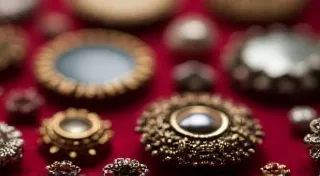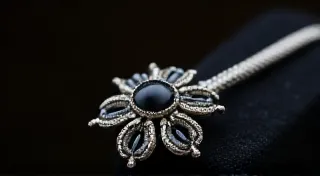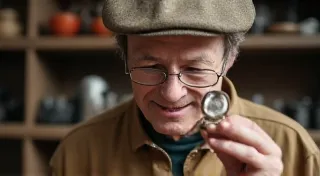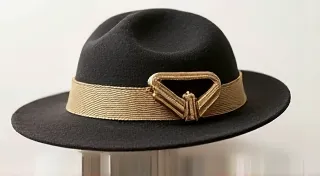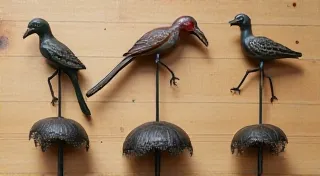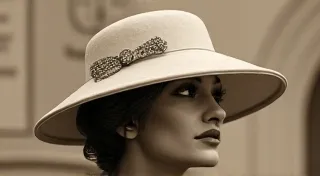How to Spot a Fake Antique Hat Pin
The allure of antique hat pins is strong. These beautiful and often intricate accessories offer a glimpse into a bygone era of elegance and fashion. However, the rising demand for vintage collectibles has unfortunately led to an increase in fakes and reproductions. This article will guide you through key indicators to help you distinguish a genuine antique hat pin from a modern imitation and protect your collecting investment.
Understanding the Market & Why Fakes Exist
Before diving into specifics, it’s vital to understand the context. The value of antique hat pins is driven by factors like age, maker's mark, material quality, rarity, and condition. This value creates an incentive for unscrupulous sellers to produce convincing replicas. While some reproductions are clearly marked as "reproduction" or "contemporary," others are cleverly disguised to deceive buyers. Understanding the history of hat pins, from their initial practical use to their rise as a fashion statement, can provide valuable context when assessing authenticity. After all, knowing how integral they were to women's attire throughout the late 19th and early 20th centuries helps to understand why people are eager to acquire them and why fakes proliferate.
Key Indicators of Authenticity
1. Materials & Manufacturing Techniques
Genuine antique hat pins were crafted using materials and techniques common to their time. Here's what to look for:
- Metals: Early hat pins often featured gold-filled, sterling silver, or base metals like brass. Watch for signs of wear consistent with age. Modern fakes may have a "too new" sheen, or use cheaper alloys that won't tarnish naturally. The materials used in antique hat pins were carefully selected and employed, and the way those materials have aged, or haven’t, is a key aspect of authentication.
- Stones & Embellishments: Check the quality of any stones or glass embellishments. Antique glass is often softer and more easily scratched than modern glass. Look for "fire opal" or other less expensive stones being misrepresented as higher-value gemstones.
- Hallmarks & Maker's Marks: While not all antique hat pins were hallmarked, the presence of a legitimate maker's mark is a strong indicator of authenticity. Research known makers to verify the mark’s validity. Beware of "fake" hallmarks or markings that are inconsistent with known styles.
- Construction: Examine how the pin is constructed. Early hat pins frequently used simpler joining methods. Modern reproductions might show evidence of more advanced and precise techniques that wouldn’t have been available historically.
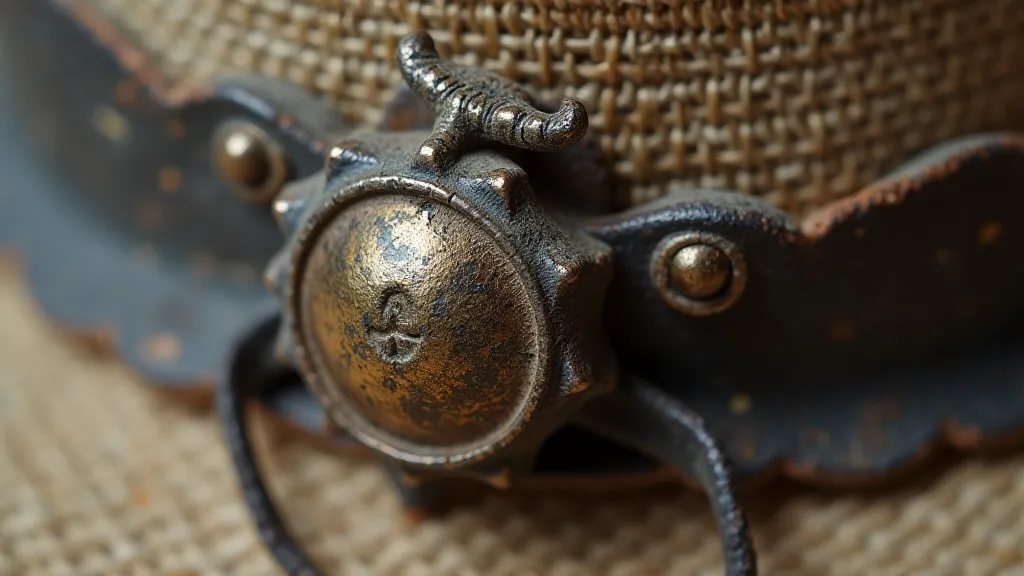
2. Style & Design
Antique hat pins reflect the fashion trends of their era. Researching the styles prevalent during specific decades (e.g., the Art Nouveau period, the Edwardian era) can help you identify inconsistencies. A design that seems “too modern” for a claimed vintage period is a red flag. The influence of Art Nouveau is often visible in the swirling designs and natural motifs found on many antique hat pins. These aesthetics weren’t simply decorative; they were an integral part of the era’s artistic expression, and a genuine antique pin will bear this mark.
- Era-Appropriate Design: Is the design in line with the supposed era?
- Construction Methods: Early hat pins often have less refined joints or less precise detail work. Modern reproductions often look too perfect.
3. Condition & Wear
While pristine condition can increase the value of *some* collectibles, genuine antique hat pins often exhibit signs of age and wear. This can include:
- Tarnish: A natural patina on silver or gold-filled pieces.
- Minor Scratches & Nicks: Consistent with normal use.
- Slight Looseness: In delicate components.
A hat pin that appears absolutely flawless may be a reproduction or a later restoration. It’s important to remember that collecting antique hat pins is about appreciating history and the journey these objects have taken. Expect imperfections as marks of authenticity and a story waiting to be told.
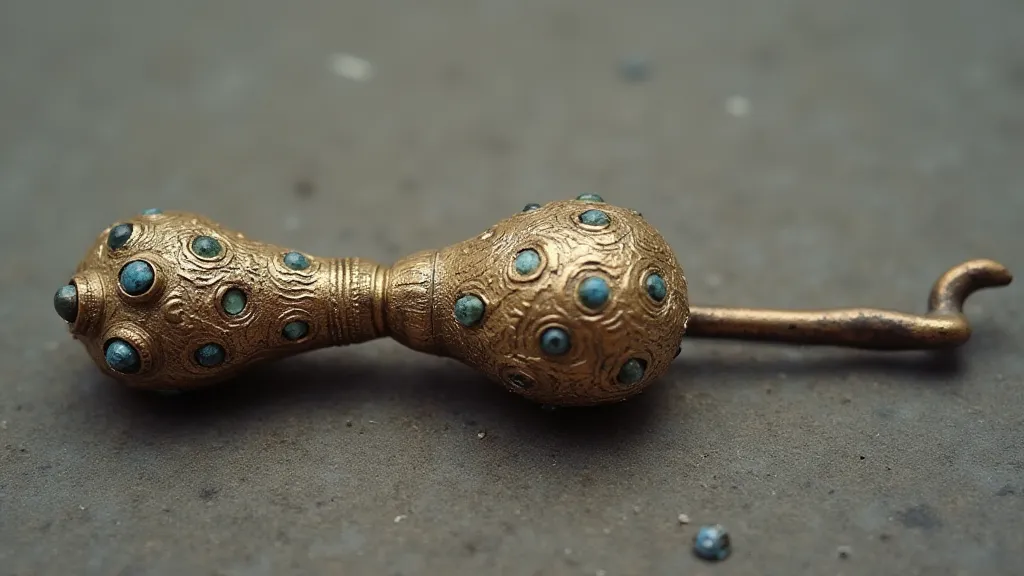
Red Flags & Avoiding Scams
- "Too Good to Be True" Prices: Be wary of suspiciously low prices, especially for rare or highly desirable hat pins.
- Lack of Information: Reputable sellers will provide detailed descriptions and provenance (history of ownership).
- Pressure to Buy Quickly: Scammers often use urgency to prevent careful scrutiny.
- Misleading Descriptions: Watch out for vague or inaccurate descriptions.
Resources for Authentication
When in doubt, seek the opinion of an experienced antique appraiser or a knowledgeable collector. Online forums and collector communities can also provide valuable insights. Building a solid foundation in identifying key characteristics and understanding the nuances of different eras is crucial for any serious collector. Deeper dives into the specifics of design and materials can significantly improve your ability to distinguish genuine antiques from modern reproductions.
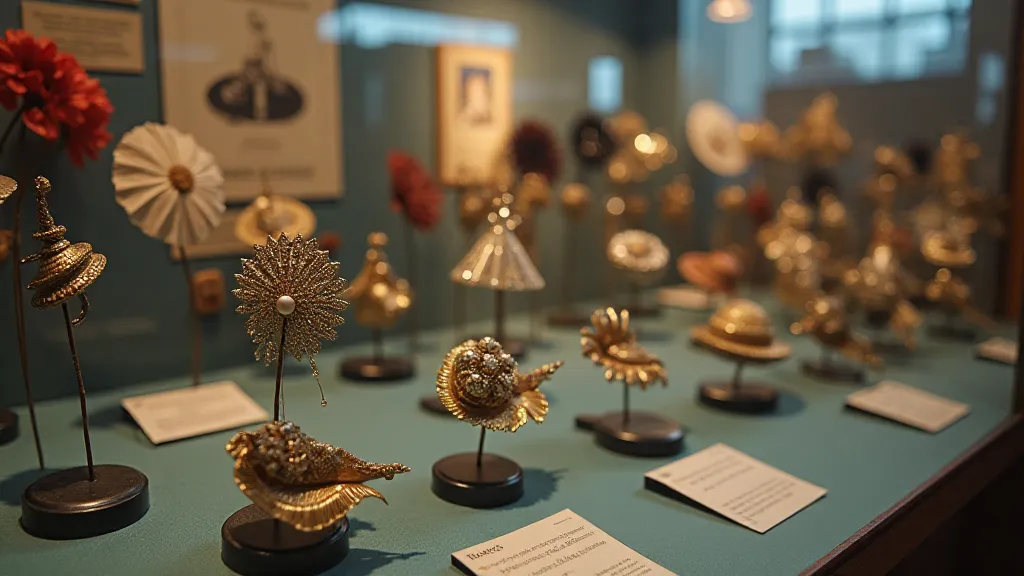
Conclusion
Spotting a fake antique hat pin requires diligence, research, and a critical eye. By understanding the key indicators of authenticity and being aware of common scams, you can protect your investment and enjoy the thrill of collecting these beautiful pieces of history. Whether you are a seasoned collector or just starting your journey, remember that the pursuit of authenticity is an ongoing process of learning and refinement. Enjoy the challenge and the rewards of uncovering these exquisite treasures from the past.
